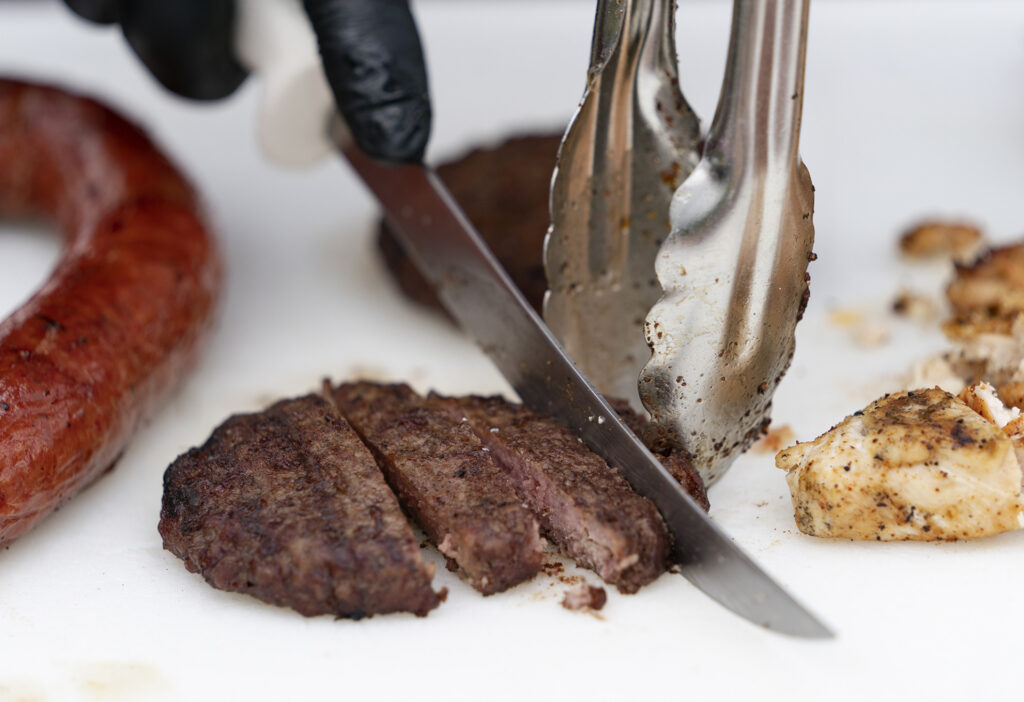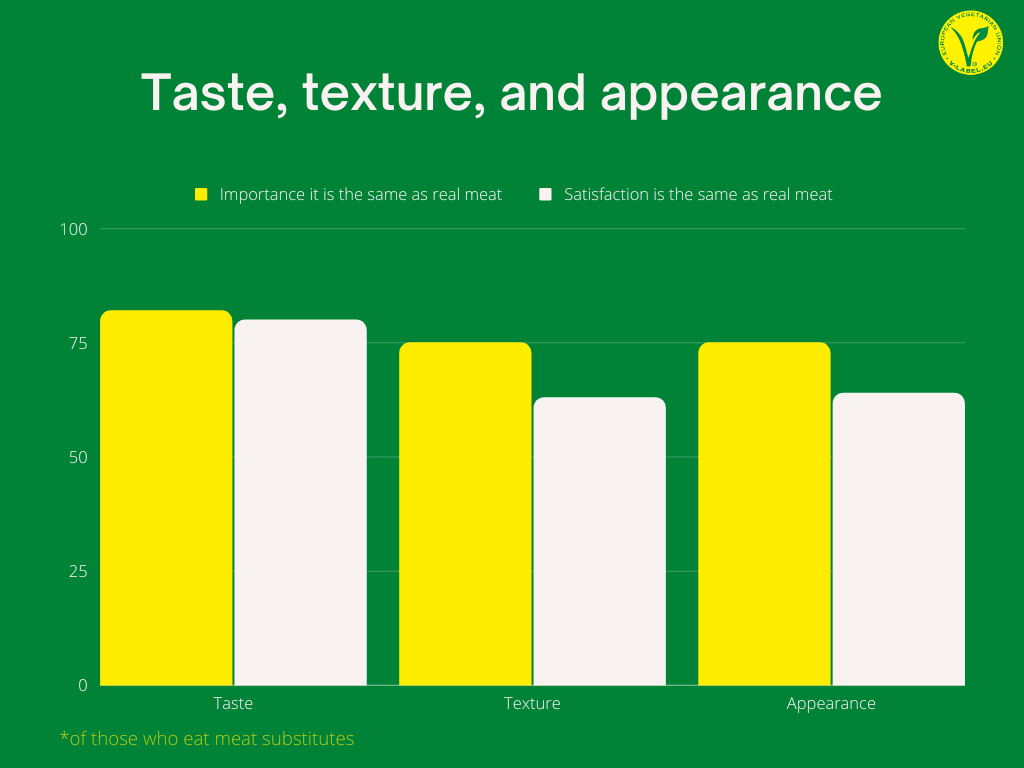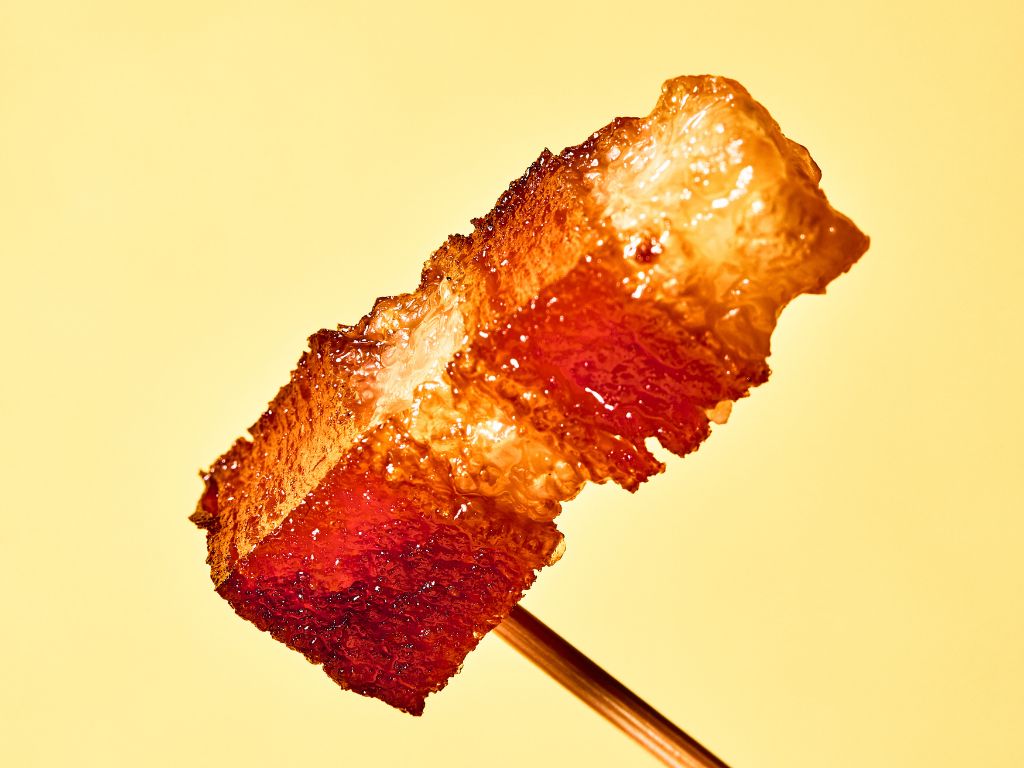Suckers, Crunchers and Smooshers: Mouthfeel Research Helps Plant-Based Meat Brands Create a Better Burger
5 Mins Read
New research by scientists at the Texas A&M College of Agriculture and Life Sciences delves into how different people eat their food, and what that means for their mouthfeel preferences for foods like burgers and steak – which could be a useful resource for the plant-based meat sector, where texture remains a major hurdle.
Do you suck?
Or do you chew your food? Perhaps you’re a cruncher, or maybe even a smoosher? How you eat is likely to determine what you eat – at least according to a study by the Sensory Science Evaluation Laboratory at the Texas A&M College of Agriculture and Life Sciences.
Researchers conducted a three-phase Mouth Behavior Study, which involved four types of eaters who consume meats like beef and steak. The study explains how people process food in their mouths in different ways. Chewers and crunchers like using their teeth to break down food, while suckers and smooshers manipulate food between their tongues and the roof of their mouths.
How food feels to different people is misunderstood, according to the researchers: for example, for a cruncher, a “good crunch” is much different than what it is likely to be for a chewer. “Most people don’t even realize they are manipulating their food in their mouth,” says Rhonda Miller, director of the lab and a meat science professor at the university.
She adds that most people are born with a preference for different textures, and the researchers wanted to find out if this aspect of food influences consumers’ purchasing habits.
How mouthfeel differs from person to person

In general, people have a very low texture awareness,” said Miller. “They talk about flavor, but not texture, because we have a low awareness of how to verbalise that.”
Expanding on how people eat process food in their mouths, she explained that chewers and crunchers have the same mouth motions, but the former’s are less vigorous and slower, while the latter eat forcefully and can be accused of being too loud as they crunch until the food is gone. On the other hand, smooshers use their tongues and the roof of their mouths, and suckers, well, suck the flavour out before chewing.
According to the study, 43% of Americans are chewers, 33% are crunchers, 16% smooshers and 8% suckers. Suckers reject foods 45% of the time, while smooshers do so at 29%, crunchers at 16%, and chewers at 10%.
The research found that products are often made without considering consumers’ sensory behaviours. “But we know there are some that are: for instance, granola bars – do you want them crunchy or chewy? You can look at the package merchandising and see they know there is a difference in what their consumer wants,” she said.
This is what informed the lab’s research into meat preferences: “As meat scientists, our concern is, especially when beef prices are high, retailers want to know how they can get consumers to buy beef one more time a month.” This, of course, automatically applies to plant-based meat too.
How to design a plant-based burger for meat-eaters
You knew there was a reason why food ads feature close-ups of people’s mouths biting into a juicy burger – it is, somehow, attractive. Mouthfeel is key, and to find out what consumers are looking for, burgers were rated on descriptive textures like surface roughness, firmness, connective tissue amount, cohesive mass, particle size and chewiness.
For chewers, a flavourful burger is key, alongside a bun that isn’t soggy. The burger should also have no rubbery feel, and the patty can’t be dry or too greasy – it has to find a mid-point. For crunchers, it’s more about what they don’t want: a burger that’s too dry or raw, chewy, crumbly or chunky, a soggy bun, or meat that sticks to their teeth. These are all no-nos.
For the, erm, non-toothers, a juicy patty is the way to go. Smooshers want proper seasoning, no gristle or congealed/sludgy feel, and no residue in the mouth. And suckers want a not-too-chewy, not-too-crumbly burger, seasoned before it’s cooked.
As for steaks, by the way, higher-marbled steaks were preferred by all consumers, but for different reasons – the ageing process produces big gaps among mouth behaviours. And when it came to chopped beef patties, it was realised that those made from chuck are less polarising across the four groups, as compared to those derived from other lean sources.
There’s a lot to unpack here. How does this apply to plant-based meat, you ask? For Americans, texture is the aspect of vegan food they dislike the most. This follows global trends: a 2022 survey by certification body V-Label found that plant-based meat alternatives’ texture is as important as their conventional counterparts for 75% of consumers, but only about 60% were actually satisfied with the former’s texture.

It’s why many companies are coming up with technologies to improve this characteristic of plant-based meat. GreenProtein AI, for example, leverages artificial intelligence to optimise the extrusion process and texture for these products. Australia’s v2food, meanwhile, recently debuted an ingredient that changes the colour of meat alternatives as they cook, to provide a bleeding effect akin to animal-derived meat – this is similar to what alt-meat giant Impossible Foods has been doing with its precision-fermented heme ingredient.
Fat is where it’s at
Similarly, Nourish Ingredients (also Australian) unveiled its Tastilux fat, which was a result of scaling up naturally occurring lipids via precision fermentation, to enhance the taste, texture and experience of plant-based meat.
This focus on fat is key, as Miller’s study had sought to find out. While it was more about whether the meat was chopped or ground for the suckers, the importance of fat was much greater for the other groups. Chewers and smooshers found higher-fat patties less tough and chewy, and crunchers said 93% lean beef was too dry: essentially, higher fat meant greater tenderness.
Alt-meat producers know people want products that taste and feel better. It’s why companies like Yali Bio, Cubiq Foods, Lypid, Mycorena, OmniFoods, Shiru and Mission Barns (which focuses on cultivated fats) are coming up with fat innovations to take meat analogues up a notch.

And how do you make a singular product that caters to all mouthfeels? “We learned a lot, and I walked away with an ‘aha’ moment. The ideal patty is easy to bite and stays together well.” explained Miller. “Also, we learned that chewers do not like McDonald’s.”
She added: “We’ve been a little stale in how we as meat scientists think. This study has helped me think outside of the box – but I don’t have any definitive answers yet.”




